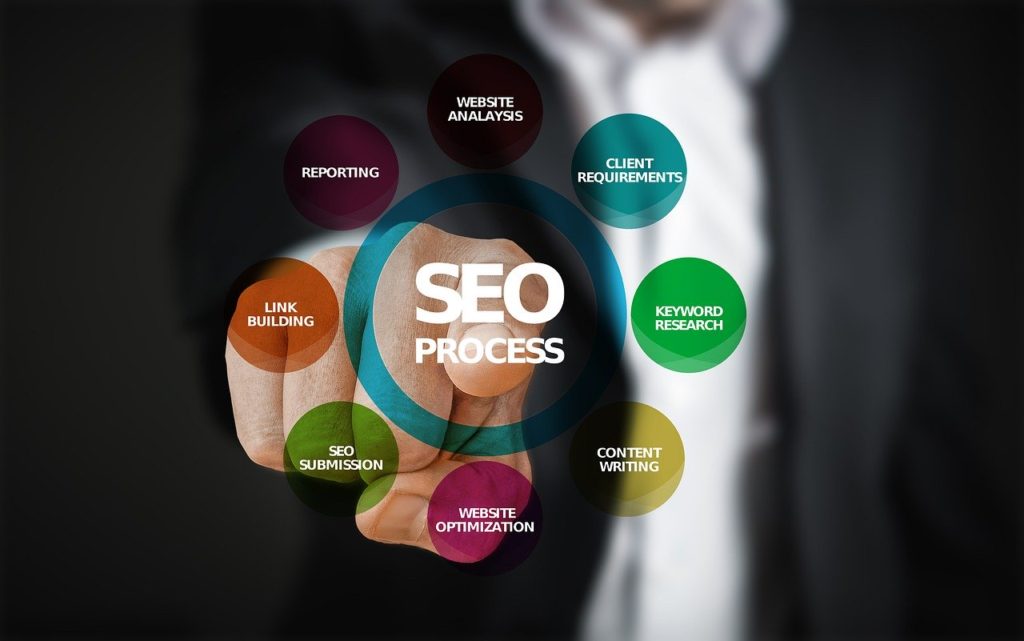
On-page SEO refers to the practice of optimizing web pages to help you to rank higher in the search engines. The end goal of this is to increase organic traffic to your site. The majority of on-page SEO seems to focus almost exclusively on the strategic placement of exact-match keyword on your page keyword in the title, Meta description, etc. Unfortunately, these kinds of practices are outdated. With changes and updating algorithms of Google, it becomes smart enough to understand synonyms and semantically related keywords. In simple words, you don’t have to obsess about the strategic placement of exact match keywords on your web pages. The main point is to stop optimizing the page like old-time and follow the latest On-Page SEO Guide Line to optimize your page to get more fruitful results.
Careful with E-A-T
E-A-T stands for Expertise, Authoritativeness, and Trustworthiness is the framework that Google raters use to assess content creators, web pages, and websites as a whole. Google has always served, its user a high-quality content, therefore good content is rewarded with better ranking as well as high visibility and lower content have low-ranking and content get less visibility. There is a direct connection between what Google considers high-quality content and what appears in the search result. It is like correlation and E-A-T somehow play an important role in the organic search result. This means E-A-T must be a consideration in your on-page SEO strategy.
Title Tag
The title tag, an HTML tag that exists in the head section of each webpage, provides an initial cue or content as to what the subject matter is of the respective page is on. It is featured prominently in the search result pages, which is typically used as the clickable link as well as in the browser window. The title tag by itself has little impact on organic rankings, that’s why it is sometimes overlooked. That said missing, duplicate, and poorly written title tags can all negatively impact your SEO results, so make sure you are optimizing for this element.
Meta Description
Since the early days of SEO, Meta description has been an important optimization point. Meta descriptions, Meta tags that describe what a page is about, are often displayed in the SERPs underneath the title of the pages. While Google maintains that Meta description doesn’t help with ranking, however, there is evidence that its indirect attribute of a better description. Moreover, rightly optimizing Meta descriptions can help to improve click-through rate, perception of the quality of the result, and understanding of what your website offers all change.
Headlines
If you want your content to work well on the search page, then start writing compelling and engaging headlines. Coming up with the title for the blog seems too basic, but writing a compelling title may make a difference between a click and an impression. That’s why it’s crucial to create strategically. Your headlines should be able to spark an interest for it and stand out on the search page, enticing users to click through and continue reading the rest of the content.
Header Tags
Header tags are HTML elements used to identify headings plus scheduling within your content from other types of text. It isn’t critically important as it used to be, but these tags still serve an essential purpose for your user and your SEO. It can indirectly impact your ranking by making your content easier and more enjoyable for visitors to read, furthermore, providing keyword-rich context about your content for the search engines. Once you finalize your plan, implement this On-Page SEO Guide Line on your website to improve your website rank. By following these guidelines, you can tackle the top on-page SEO factors that impact your page’s visibility on the SERP’s

